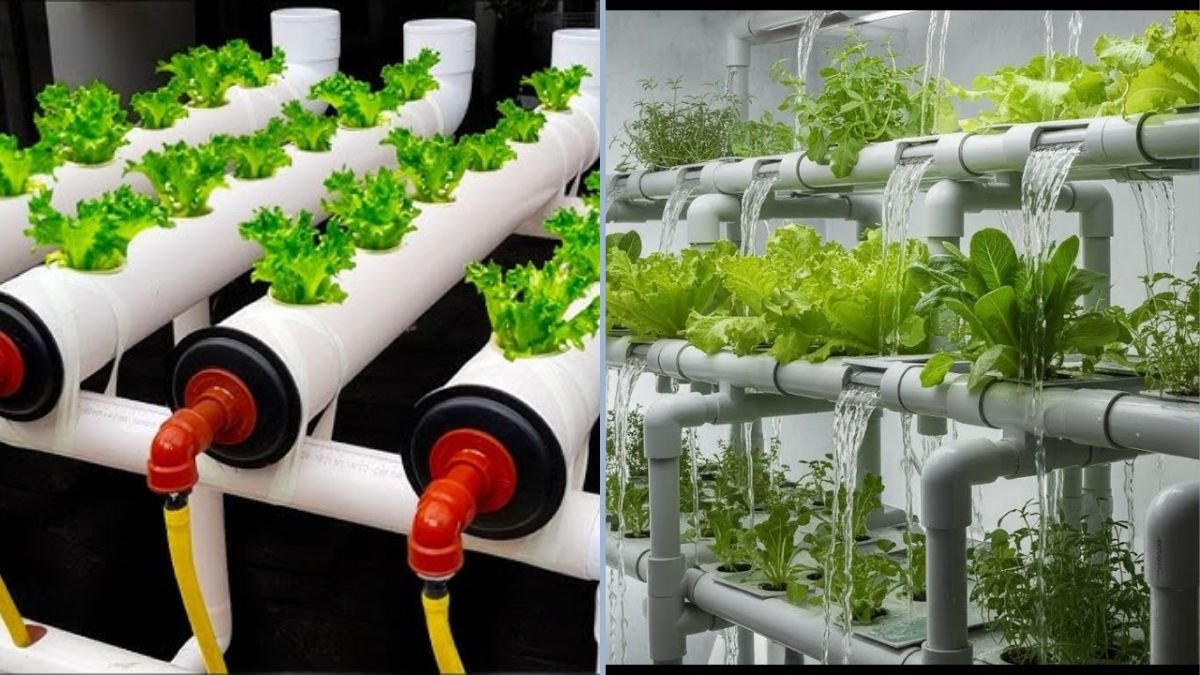Gardening has evolved far beyond traditional soil methods, and hydroponics has long been hailed as the future of soilless cultivation. But if you think hydroponics is the ultimate solution, think again. Aquaponics—a sustainable system that combines aquaculture (raising fish) with hydroponics—is taking home gardening to the next level. Not only does it conserve water and nutrients, but it also creates a self-sustaining ecosystem that produces both fresh vegetables and fish. In this guide, we’ll show you why DIY aquaponics is the future of gardening and how you can set up your own system at home.
What Is Aquaponics?
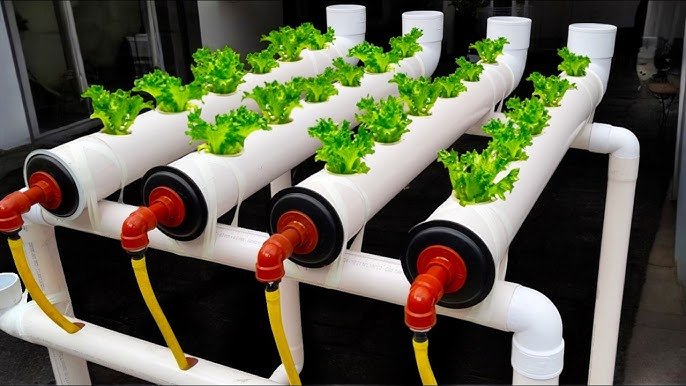
Aquaponics is a closed-loop system where fish and plants coexist in a mutually beneficial environment. The concept is simple yet powerful:
- Fish waste becomes fertilizer: Fish produce ammonia-rich waste, which is converted by beneficial bacteria into nitrates.
- Plants absorb nutrients: The nitrates act as natural fertilizer for plants, promoting healthy growth without chemical inputs.
- Water is recycled: Water from the fish tank circulates through the plant beds and returns clean to the tank, reducing overall water usage by up to 90% compared to traditional soil gardening.
This sustainable synergy not only maximizes resource efficiency but also minimizes environmental impact.
Why Aquaponics Outperforms Hydroponics
While hydroponics is a popular soilless gardening method, it has limitations:
- Requires external nutrients: Hydroponics depends on chemical fertilizers, which must be purchased and carefully balanced.
- Energy intensive: Many hydroponic setups require constant monitoring of pH and electrical systems to circulate water.
- No protein production: Hydroponics only grows plants, whereas aquaponics produces both vegetables and fish.
Aquaponics addresses these limitations by using fish waste as a natural fertilizer and creating a self-sustaining system that is more environmentally friendly and cost-effective in the long run.
Step 1: Choosing Your DIY Aquaponics System
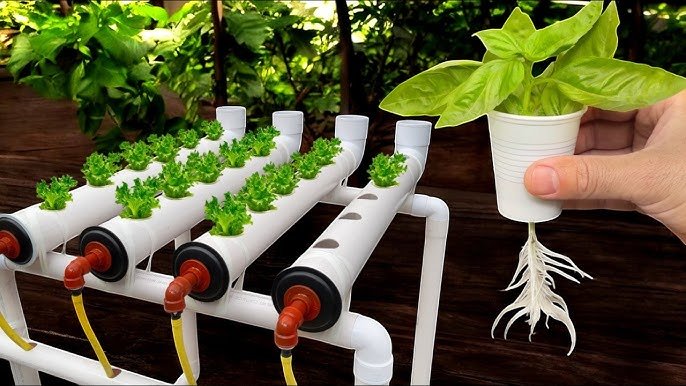
Aquaponics can range from small tabletop units to larger backyard setups. For beginners, a simple DIY system is ideal:
- Fish tank: This is the heart of the system. A 50–200 liter tank works well for beginners. Choose a tank that is sturdy and safe for aquatic life.
- Grow bed: The grow bed is where your plants will thrive. It can be a shallow container filled with a medium like gravel, clay pebbles, or perlite to anchor plant roots.
- Pump and plumbing: A small water pump circulates water from the fish tank to the grow bed. Pipes or tubing ensure proper flow and drainage.
- Aeration: An air pump or water circulation system provides oxygen for both fish and plant roots.
The beauty of DIY aquaponics is its flexibility. You can scale the system based on available space, budget, and plant/fish preferences.
Step 2: Selecting Fish for Your System
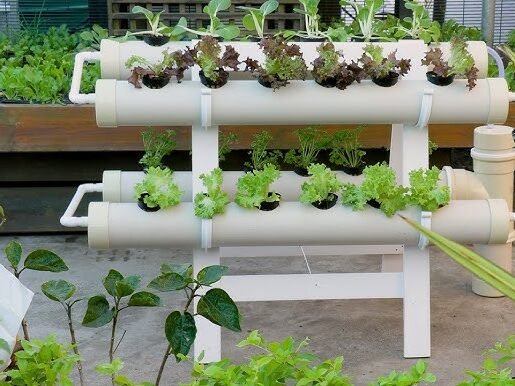
The choice of fish is crucial for system success. Beginners should start with hardy freshwater species that tolerate fluctuations in temperature and water quality:
- Tilapia: Fast-growing, adaptable, and widely used in aquaponics.
- Goldfish or Koi: Ideal for ornamental systems or small-scale setups.
- Catfish or Trout: Suitable for larger outdoor systems with temperature control.
Fish health is paramount, so ensure proper tank conditions, including clean water, adequate oxygen, and appropriate feeding. Overfeeding can lead to excess waste and water quality issues, so monitor carefully.
Step 3: Choosing Plants
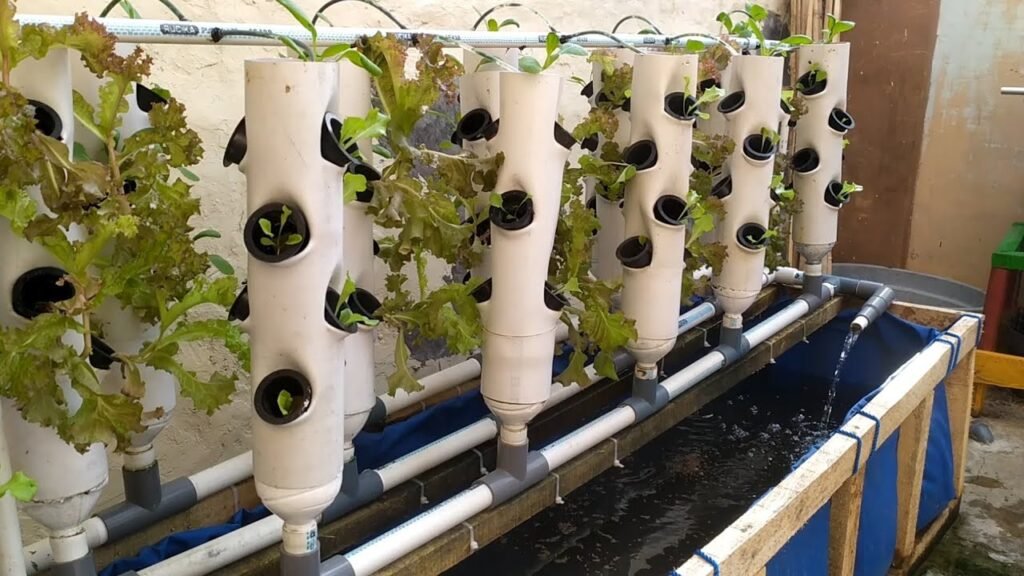
Almost any plant can grow in aquaponics, but leafy greens, herbs, and certain fruiting plants thrive best:
- Leafy greens: Lettuce, spinach, kale, and arugula grow rapidly and absorb nutrients efficiently.
- Herbs: Basil, mint, parsley, and cilantro are nutrient-hungry and ideal for aquaponics.
- Fruit-bearing plants: Tomatoes, peppers, and cucumbers can be grown, but they require larger grow beds and stable nutrient levels.
Start with fast-growing, low-maintenance plants for your first system to understand the dynamics of aquaponics before experimenting with more demanding crops.
Step 4: Setting Up the System
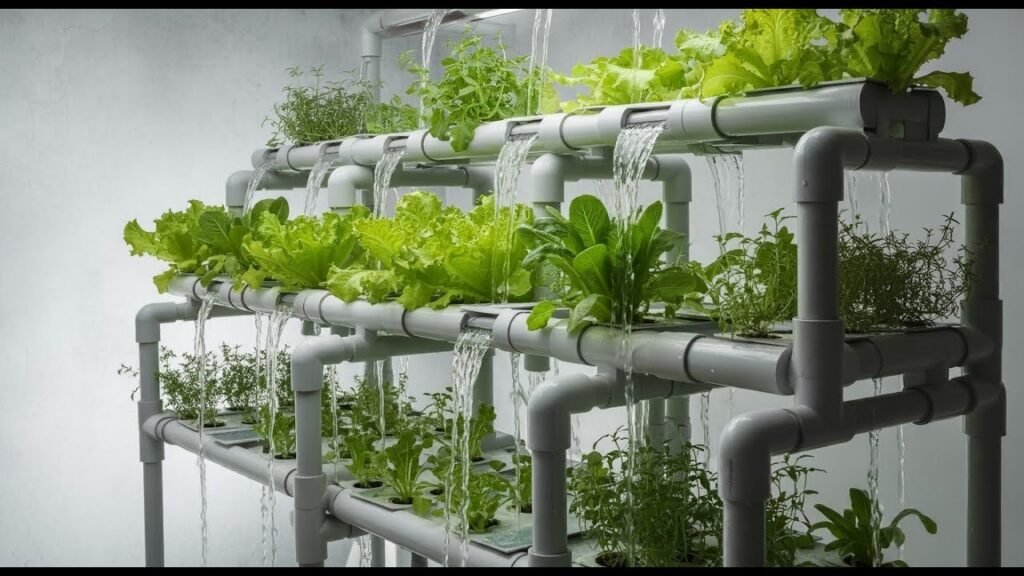
- Position the tank and grow bed: Place your fish tank in a stable location and elevate the grow bed slightly above the tank for gravity-fed water flow.
- Add the grow medium: Fill the grow bed with gravel, clay pebbles, or perlite, leaving space for plants.
- Install the pump: Connect the pump from the tank to the grow bed. Ensure water flows gently to avoid displacing plants.
- Aerate the system: Install air stones or pumps to keep oxygen levels high for both fish and plants.
- Cycle the system: Before adding fish, allow the system to run for 2–4 weeks to establish beneficial bacteria. This process, called “cycling,” converts fish ammonia into nitrates safely.
Cycling ensures that your fish and plants have a healthy environment from day one.
Step 5: Maintaining Your Aquaponics System
A successful DIY aquaponics system requires regular monitoring and maintenance:
- Water quality: Test for ammonia, nitrites, nitrates, pH, and temperature. Optimal pH is around 6.8–7.2.
- Feeding: Feed fish appropriately, balancing quantity to avoid excess waste.
- Pruning and harvesting: Regularly harvest plants to promote continuous growth. Remove dead or decaying leaves to prevent disease.
- Cleaning: Check pumps, tubing, and grow beds for debris or algae buildup. Regular maintenance prevents system blockages.
With proper care, a DIY aquaponics system can run efficiently for years, producing fresh vegetables and fish with minimal effort.
Step 6: Troubleshooting Common Issues
Even DIY aquaponics has challenges. Here’s how to address common problems:
- Algae growth: Too much sunlight or excess nutrients can cause algae. Shade the tank and clean surfaces regularly.
- Nutrient deficiencies: If plants show yellowing or poor growth, add supplemental organic fertilizers suitable for aquaponics.
- Fish stress: Poor water quality, sudden temperature changes, or overcrowding can stress fish. Monitor conditions and maintain proper stocking density.
- Pump failures: Backup pumps or gravity-fed systems can prevent plant loss during power outages.
By staying vigilant, most problems can be resolved quickly without harming plants or fish.
Step 7: Benefits of DIY Aquaponics
- Sustainability: Minimal water use and natural fertilizer reduce environmental impact.
- Cost-effective: After initial setup, fish provide fertilizer at no extra cost.
- Year-round production: Indoor or greenhouse systems allow cultivation regardless of season.
- Dual harvest: Enjoy fresh vegetables and protein-rich fish from the same system.
- Educational and fun: Aquaponics teaches biology, ecology, and sustainability while providing fresh produce.
For urban gardeners, schools, or hobbyists, aquaponics offers an exciting alternative to traditional gardening.
Step 8: Maximizing Your DIY Aquaponics Yield
- Plant succession: Stagger plantings to ensure continuous harvest.
- Use fast-growing plants: Leafy greens and herbs provide rapid feedback and regular harvests.
- Monitor fish stocking: Balance the number of fish with the plant’s nutrient requirements to prevent overfeeding or nutrient deficiencies.
- Expand vertically: Stack multiple grow beds above the tank to maximize space efficiency in small areas.
With careful planning, even a small DIY system can produce enough vegetables and fish to supplement household needs.
Conclusion
While hydroponics has been a popular choice for soil-free gardening, DIY aquaponics represents the future of sustainable, efficient, and productive home gardening. By combining fish and plants in a self-sustaining ecosystem, you can produce both fresh vegetables and protein while conserving water and minimizing environmental impact.
Setting up a DIY aquaponics system may sound complex, but with the right materials, proper planning, and regular maintenance, anyone can successfully grow healthy plants and fish at home. From choosing the right fish and plants to setting up the tank, grow bed, and circulation system, this approach offers a rewarding, hands-on experience with tangible results.
Forget hydroponics—DIY aquaponics is the gardening method of the future, providing abundance, sustainability, and a closer connection to nature, all in the comfort of your own home.
